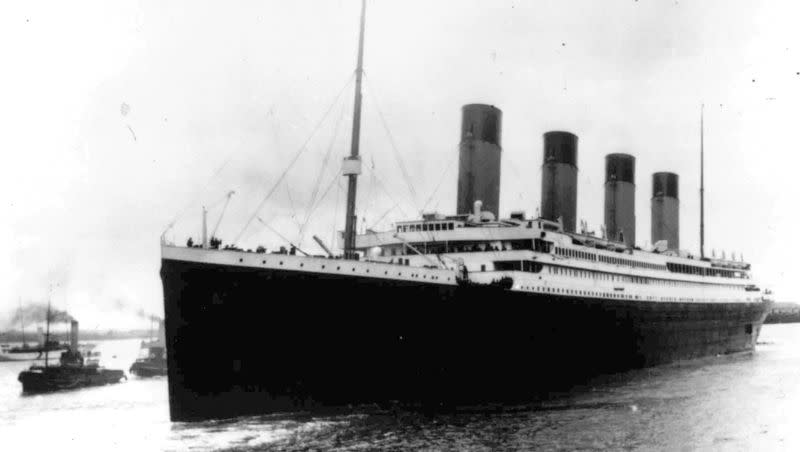Did you know Titanic survivors weren’t believed when they said the ship split in half?

It took 73 years for the Titanic to be found at the bottom of the ocean floor and some speculate that one of the reasons it took decades to find was because survivors weren’t believed when they recounted that the ship had split in half.
Biography reported that Titanic’s wreckage wasn’t discovered till 1985, and up until then, survivors were told that they “misunderstood or incorrectly remembered what they had seen.”
“Many times after the event I was told that the Titanic couldn’t have broken in two and must have sunk in one piece, but I was already certain she had,” Titanic survivor Eva Hart said in a memoir. “Eventually, I was proved correct.”
Related
People thought the survivors were ‘hysterical’
New York City College of Technology professor Rich Woytowich said, “Originally, it was believed the survivors were under a lot of stress and weren’t in command of their faculties — and their testimony just wasn’t credible.”
A reason that survivors weren’t believed was reportedly due to the fact that the majority of individuals who lived to tell the tale were women and children.
“As we know, the majority of the survivors were women and children. And until the electricity gave out, the women on the lifeboats were able to see a lot of what was happening,” historian and author Katie Charlwood said on her podcast, “Who Did What Now.” “They reported that they saw the stern go up, they heard a loud cracking noise, and then the stern went down again. As we know now that was the Titanic splitting in two. But up until this point, when ships sunk they went down all in one.”
Charlwood continued, “But the men investigating the disaster, they thought the women were suffering some kind of mass hysteria, and the survivors’ testimonies were simply dismissed. But upon the discovery of the wreckage, it proved that they were in fact correct.”
Biography reported that another reason why survivors weren’t believed when they said the boat split in half was because employees from the White Star Line shipping company spoke out in the months following the incident saying that the Titanic couldn’t have split in two.
Related
Who saw the Titanic break in half?
Newsweek reported that those who survived the incident weren’t believed when they described how the ship split in half because it was deemed “utterly untrue” by Titanic’s second officer, Charles Lightoller.
Other survivors who were on lifeboats far away from the sinking ship reported that they didn’t witness the Titanic splitting in half.
The Deseret News reported that Hart was the youngest person to survive the sinking of the Titanic at 7 years old and remained adamant that the ship did in fact split in half prior to sinking.
“We rode away, and I didn’t close my eyes at all. I saw that ship sink, and I saw that ship break in half,” Hart said in a 1993 interview. “For 70 years, people have argued with me about that, but now at last it has been proven beyond all doubt that she did break in half. I know I did, I saw her.”
Titanic survivor Frank Osman reported that he also saw the ship split in two, detailing, “After she got to a certain angle she exploded, broke in halves, and it seemed to me as if all the engines and everything that was in the after part slid out into the forward part, and the after part came up right again, and as soon as it came up right down it went again.”

